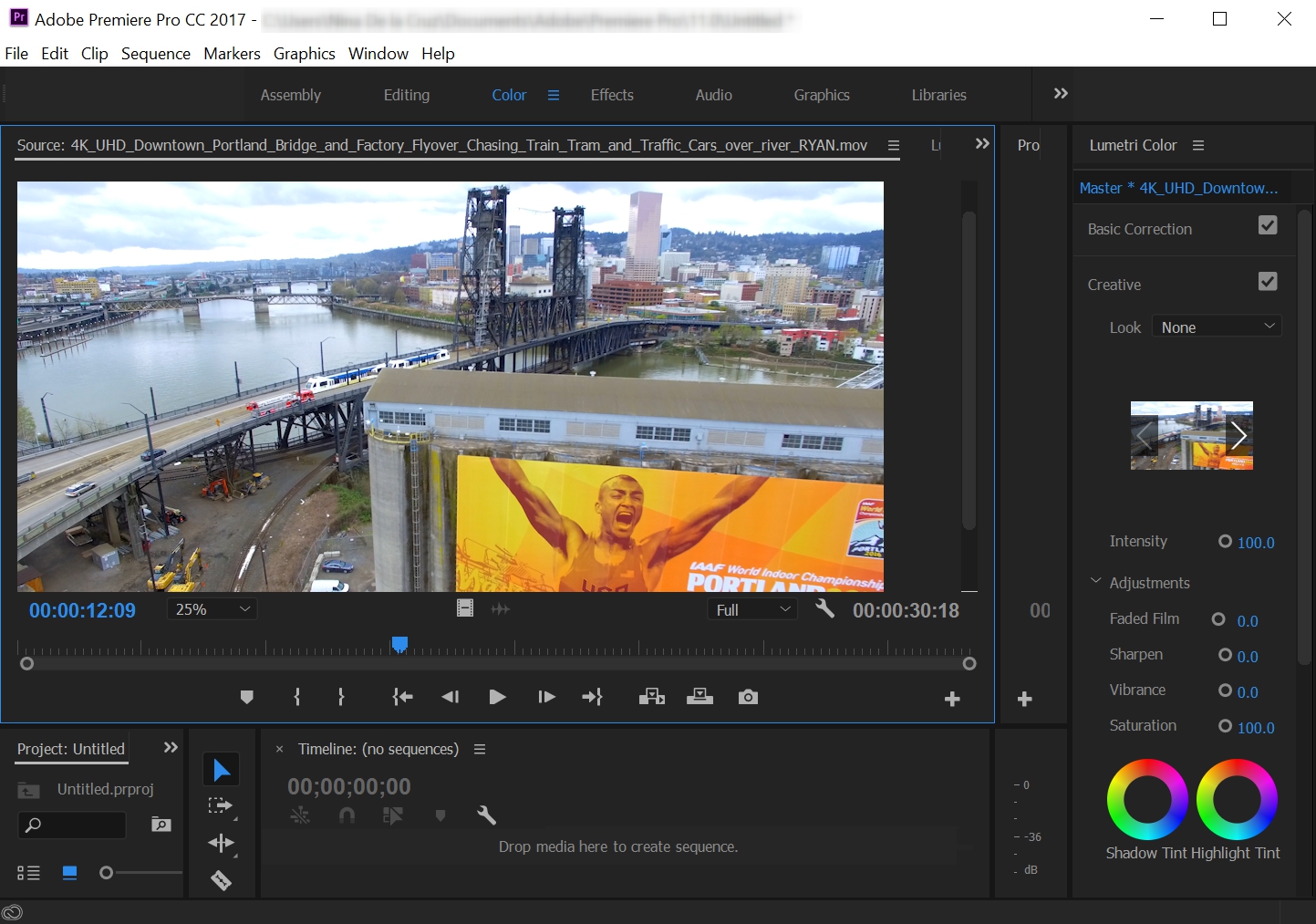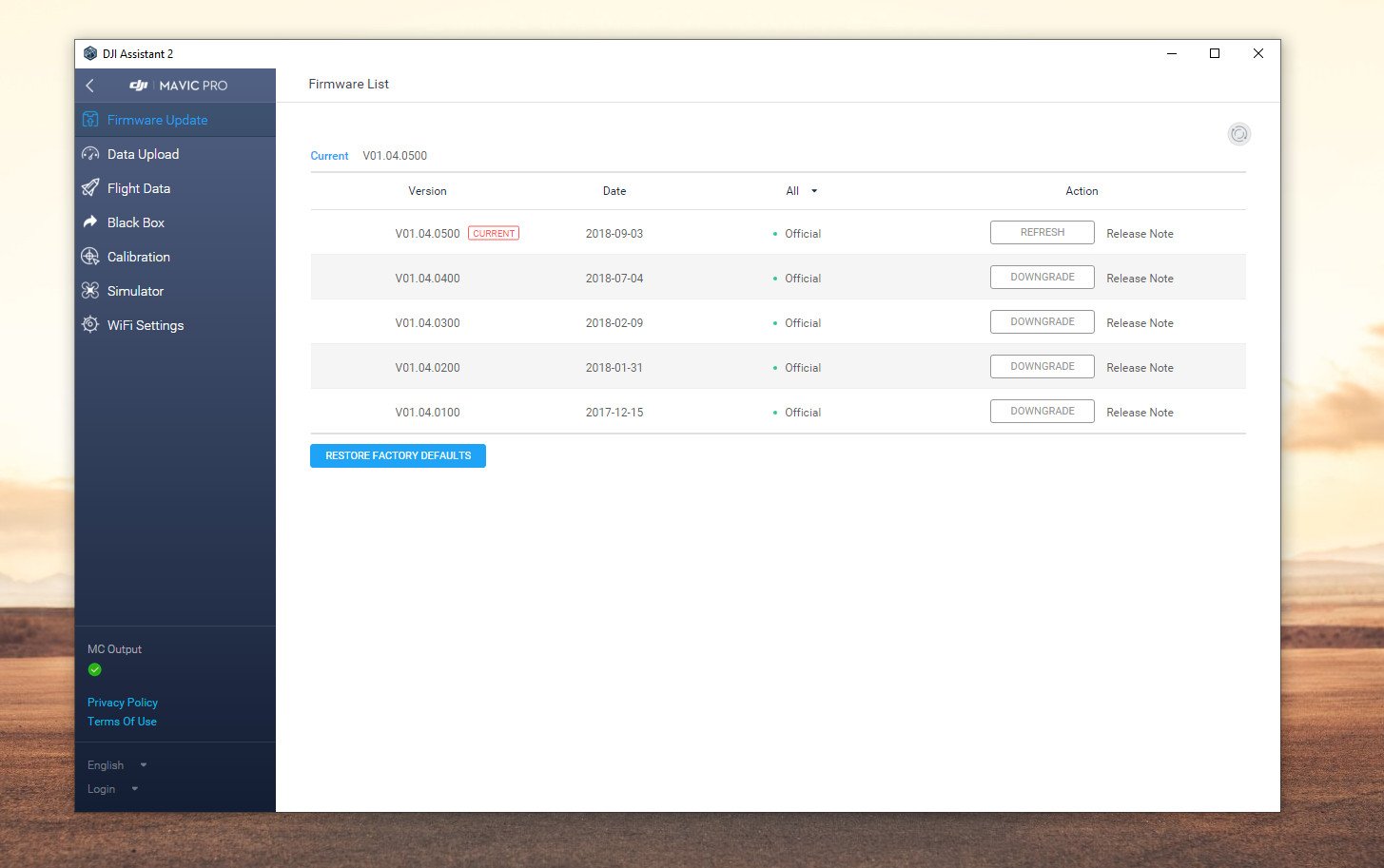- Nov 07, 2017 HOW TO FLY DJI PHANTOM DRONE WITH LAPTOP - Duration: 3:37. How2Simple 86,285 views. Mavic Air Range Test - How far will it go? DJI Go Video Editing.
- Jun 16, 2016 Design and Features The Phantom 3 4K is the exact same drone as the Phantom 3 Standard with one key difference: Where the Standard maxes.
Drones

We review products independently, but we may earn affiliate commissions from buying links on this page. Terms of use.
Dji Phantom 3 Standard Firmware Upgrade
IMovie – recommended drone video editing software for Mac. IMovie has been heard of by most Apple fans, and if you’re one of them – consider giving it a test-drive before even looking at 3 rd-party apps. Previously, iMovie was only available to new Mac owners but now it’s free to everyone. Besides, this editor works on mobile devices too.
Buy It Now
| Amazon UK | £729 |
Pros
- Very stable in the air.
- Easy to fly.
- Smooth 4K video capture.
- 20mm wide-angle lens.
- Raw and JPG still capture.
- 22-minute flight time.
- Built-in GPS.
- Return-to-home function.
- Automated takeoff and landing.
- Attractive price.
Cons
- Limited operating range.
- Propellers intrude into footage.
- Battery requires more than an hour to recharge.
- Requires Android or iOS device.
Bottom Line
The Phantom 3 4K captures stable ultra high-definition video from the air and includes all of the safety features you expect from a DJI drone.
When the DJI Phantom 3 4K was announced earlier this year it came with a $999 sticker price. But the drone was discounted immediately, selling for $799 as part of a promotion that never ended, and DJI eventally made it the official asking price. The drone records sharp, stable 4K footage, on par with models at the top of the company's lineup, includes automated flight modes and safety features, and can fly for a good 22 minutes on a battery charge. It does have a couple of drawbacks, notably limited operating range and lower resolution video transmission when compared with pricier models like the Phantom 3 Professional and the Phantom 4, both of which have earned our Editors' Choice. But if those are out of your price range, and you're set on 4K recording, the Phantom 3 4K is an excellent performer.
Design and Features
The Phantom 3 4K is the exact same drone as the Phantom 3 Standard with one key difference: Where the Standard maxes out at 2.7K video resolution, the 4K records in, well, 4K. The P3 4K is priced the same as the Phantom 3 Advanced, which has a more robust range of operation, but is limited to 2.7K video. At the top of the Phantom 3 heap is the Professional model, which records in 4K and features the same extended control range as the Advanced model.
The quadcopter itself maintains the design that is familiar to anyone who has seen a small drone used on a television show or movie. It's a white copter with gold accents, measuring about 8.0 by 13.8 by 13.8 inches (HWD) and weighing 2.8 pounds. It's heavy enough that you'll need to register it with the FAA before flying in the US.
It ships with a remote control, but you'll need to bring your own Android or iOS device to work. The remote connects to the device via Wi-Fi and streams video from the Phantom's camera back to your smartphone or tablet's screen.
For more details on the app, flight experience, and automated flight features, refer to our extended write-up of the Phantom 3 Standard. We looked at a pre-production model of the Phantom 3 Standard that performed nicely in all but one aspect—operating range. Our Phantom 3 4K review unit did better. I was able to fly about 2,000 feet away in a rural environment and 850 feet in a crowded suburban area before the video signal cut out. The Standard only managed 1,200 feet in a rural test and 350 feet in a suburban one.
Neither can touch the Phantom 3 Advanced or Professional, which use a stronger video transmission technology. DJI calls this Lightbridge, and it can stream 720p video to your device at distances of up to 1,400 feet in suburban environments and 2,500 feet in rural areas.
The Phantom 3 4K is rated for 25 minutes of flight time per charge. In our tests the real-world battery life is more like 22 minutes, which is right in line with the Phantom 3 Standard, and better than the Phantom 3 Professional and Advanced, each of which netted about 19 minutes in use.
Video and Image Quality
All Phantom 3 models use the same lens and camera module, but maximum video quality and bit rate vary. The 4K captures video at up to 30fps in UHD 4K (3,840 by 2,160), or at 24fps at the wider cinema 4K resolution (4,096 by 2,160). If 4K is too much resolution for your computer to handle for editing, or just overkill for your needs, you can also record footage at 2.7K (up to 30fps), and at 1080p or 720p at 24, 30, 48, or 60fps.
The video bit rate is 60Mbps, the same used by the Phantom 3 Professional, Phantom 4, and Inspire 1. Video quality is just as good as those more expensive drones. Details are crisp, even at the edge of the frame when shooting the wide format 4K format. To get better video quality, you need to upgrade to a model with a camera with a larger image sensor and interchangeable lenses like the Yuneec Tornado H920 with the CGO4 Micro Four Thirds camera, or the Inspire 1 Pro with the Zenmuse X5, which also uses the Micro Four Thirds system.
Dji Phantom 3 Standard Editing Software For Mac Windows 7
Audio is not recorded—there's not much point to it, as you'd only hear the sound of the propellers spinning. The same video modes available in other Phantom models, including a flat profile that's ideal for color correction, a standard profile that tones video so that it's ready to share, and artistic finishes that include black-and-white, vivid, and faded looks, are available.

Dji Phantom 3 Standard Editing Software For Mac Download
The lens covers a 94-degree angle of view, about the same as a 20mm lens mounted to a full-frame camera. The fish-eye distortion that you're used to seeing in older drones like the Phantom 2 Vision+ and some current models like the Xiro Xplorer V isn't visible. Distortion is well controlled for the most part. You'll notice a little stretching at the edges of the frame if you look for it; notably when turning the drone about its axis.
While video is recorded in a 16:9 or 1.9:1 ratio, stills use the entire 4:3 sensor aspect ratio. They can be captured in Raw (DNG) or JPG format at 12 megapixels. Image quality is on par with a pocket point-and-shoot camera. Video and images are recorded to microSD memory.
Conclusions
The DJI Phantom 3 4K is the least expensive option for potential drone buyers who want to take advantage of the resolution benefits delivered by the 4K format, but don't want to break the bank. It offers the benefits you get from a Phantom, including sharp, stabilized video, automated flight features, and safety features like GPS, return-to-home, and Vision Positioning. Its operating range doesn't match that of more expensive models like the Phantom 3 Advanced and Professional, but is still ample for flying within the visual range called for by FAA guidelines.
Dji Phantom 3 Standard Downloads
If you don't need 4K video you may want to consider the Phantom 3 Advanced, which can fly further from home because of its Lightbridge communication system, and comes in at the same price. But keep in mind that its video is recorded at a lower bit rate and exhibits some artifacts from compression because of it. The Phantom 3 Professional gets you both top-quality video and Lightbridge for $1,000, which earned it an Editors' Choice award when we reviewed it. Our current Editors' Choice, the Phantom 4, delivers video quality that's indistinguishable from the Phantom 3 4K, but has the best operating range of any drone we've tested, along with an obstacle avoidance system that can prevent you from flying into trees and walls. But it costs about twice as much as the Phantom 3 4K. If you're not ready to drop a ton of money, and want to capture video at the best quality for your dollar, the Phantom 3 4K is the obvious choice.
Comments are closed.